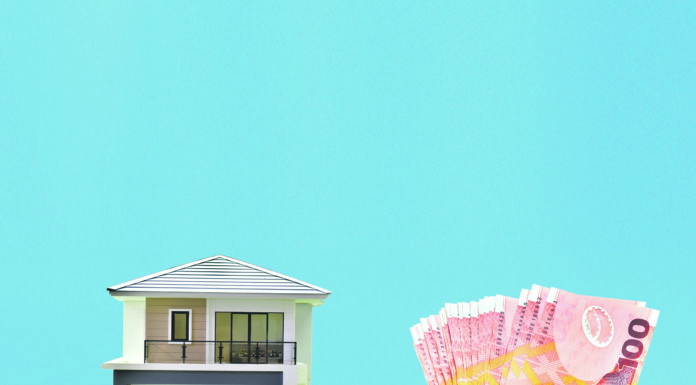South Wairarapa’s rural ratepayers are facing a proposed 29 per cent rates rise, the council’s annual plan consultation document reveals.
The proposed rise comes after a rocky process to approve the annual plan consultation document, which was signed off by elected members just after 2pm yesterday.
Across all properties in the South Wairarapa District, the council is collecting about $3.37 million more than last financial year – a 15.9 per cent increase across the board, according to the consultation document.
The rural rates increase of 29 per cent equates to an extra $8.18 a week for rural residences [low-value] and up to an extra $48.23 a week for high-value dairy properties.
Meanwhile, urban ratepayers are facing an average rates rise of about 11 per cent, equating to an extra $7.58 to $8.42 per week, depending on the property values of the town in which you live. Commercial ratepayers are also facing an average increase of about 11 per cent.
The draft document was previously presented to a majority of councillors for the first time at Wednesday’s 9am meeting but was not approved, with councillors objecting to the amount of time given to review it.
After an adjournment, an extraordinary meeting was called for 2pm yesterday while councillors discussed changes to the draft document in a public-excluded workshop.
South Wairarapa Mayor Martin Connelly said the late presentation of the document to elected members “put councillors under a lot of pressure”.
Information about the document had been sent to three nominated councillors over the weekend who were asked to give feedback to council staff by Monday morning, Connelly said. The changes would then be collated.
“I didn’t think there was enough time to edit the draft, but I was assured this wouldn’t be a problem,” Connelly said.
With Tuesday being a public holiday, councillors only received the document for the first time on Wednesday morning as the meeting began.
Connelly said elected members were “far from happy with what they [were] reading and were particularly concerned with some of the data in it”.
He said the council put its foot down firmly on Wednesday and said it wasn’t good enough.
After changes were made, an edition of the document was sent to councillors just before 1pm yesterday.
When asked about the process, Connelly noted the council’s financial staff had been “considerably impeded by the failure of Audit NZ” to get the council’s annual report signed off on time, and also noted the same staff were confronted by the Department of Internal Affairs looking for information regarding Three Waters reforms.
“It is a small team of people, and they have been under some pressure [however], the real issue here is that our officers did not start the annual plan process in good time,” he said.
Touching on the proposed rates rises, Connelly said he was “feeling for rural residents, as they are also confronted with big rates rises from Greater Wellington Regional Council”.
The annual plan consultation document states the council is “very aware of the tougher economic conditions affecting our budget as well as yours”.
“We have made every effort to minimise our costs to have as low an impact as possible on our communities, while maintaining service levels.
“To meet the increased costs of running the council, we propose to increase the total rates income by 15.9 per cent compared to last year’s total rates income.
“To minimise the increase in total rates required, we have undertaken a line-by-line review across the business costs, particularly amenities costs and water budgets.
“Savings in water mostly benefit urban ratepayers so rural ratepayers will have a higher percentage increase than urban ratepayers.”
Of the 15.9 per cent rates increase across the board, the biggest contributing factor is inflation, which makes up 5.5 per cent of the rise.
Increased asset valuations driving up depreciation costs contributed to 4.4 per cent, and resourcing needs of council contributed to 4.3 per cent.
Other driving factors in the rise were IT costs, loan repayments and interest rates costs, and insurance costs.
The council is consulting on four topics: Whether to increase this year’s water budget to reduce legal, health and safety, and plant failure risks; whether to increase annual Rural Road Reserve contributions to provide a buffer in times of need; whether to include a budget for a pool of casual library staff; and whether to maintain or remove the community and youth grants scheme.
At yesterday’s meeting, councillors expressed satisfaction with the document and commended staff and elected members for the work that was done.
Last year, ratepayers faced an average rates rise of 6.61 per cent. The year prior, residents copped a 29 per cent rise across the board.
Public Interest Journalism funded through NZ On Air



